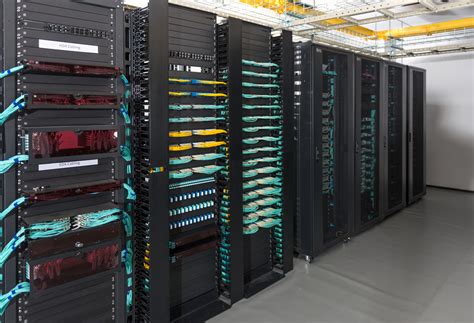In the realm of cloud computing, the concept of “sovereignty” holds significant weight and complexity. The term is multifaceted, often leading to confusion among both providers and customers. To delve deeper into this intricate landscape, we turn our attention to insightful conversations between Hosken and Michels.
Hosken’s Perspective:
Hosken raises a crucial point about how different providers interpret and implement sovereignty in varied ways. This diversity can create uncertainties and raise questions about what exactly constitutes a sovereign cloud for customers.
Michels’ Insights:
According to Michels, from a customer standpoint, a sovereign cloud typically signifies a service that offers extensive control. Customers are empowered to dictate data access permissions, usage purposes, storage locations, and are informed about any sub-processors or metadata involved. This transparency enables customers to make well-informed decisions regarding their data management.
Furthermore, Michels emphasizes the broader notion of sovereign cloud being not just about customer autonomy but also about safeguarding data from potential foreign government interventions. This aspect becomes particularly vital for organizations handling defense-related information or sensitive personal data regulated under GDPR.
As the dialogue progresses, Hosken delves into the growing trend wherein European entities exhibit an inclination towards utilizing European-based cloud providers instead of opting for predominant hyperscalers based in the United States.
Driving Factors Behind European Demand:
Michels sheds light on regulatory concerns as one of the primary drivers compelling European customers to seek secure cloud solutions within their region. The stringent guidelines like GDPR underscore the urgency for robust data protection measures to avoid hefty fines and ensure compliance with privacy laws.
The discourse further extends into contemplating whether organizations should fully transition their operations to sovereign clouds or adopt a multi-cloud approach that integrates both traditional hyperscale services and secure sovereign solutions tailored for sensitive data requirements.
While exploring these adoption strategies, Michels highlights key challenges faced by organizations venturing into sovereign cloud implementations:
1. Understanding Data Sensitivity: Organizations must meticulously classify their data based on sensitivity levels requiring enhanced protection.
2. Interoperability Issues: Lack of seamless integration between various cloud services impedes holistic utilization across multiple providers.
3. Portability Concerns: Limited ability to migrate data freely between different providers hinders flexibility and choice for customers seeking better service options.
To mitigate legal uncertainties surrounding sovereignty requirements under GDPR regulations, Michels proposes the development of a Sovereign Cloud Code of Conduct within the industry. This code aims at reducing risks associated with foreign government access through collaborative efforts among providers while ensuring compliance with fundamental rights of European data subjects.
As Michels’ expertise unravels intricate facets of cloud sovereignty within European landscapes, it underscores the importance of evolving regulatory frameworks and collaborative initiatives to uphold data security standards amidst digital transformation dynamics.









Leave feedback about this